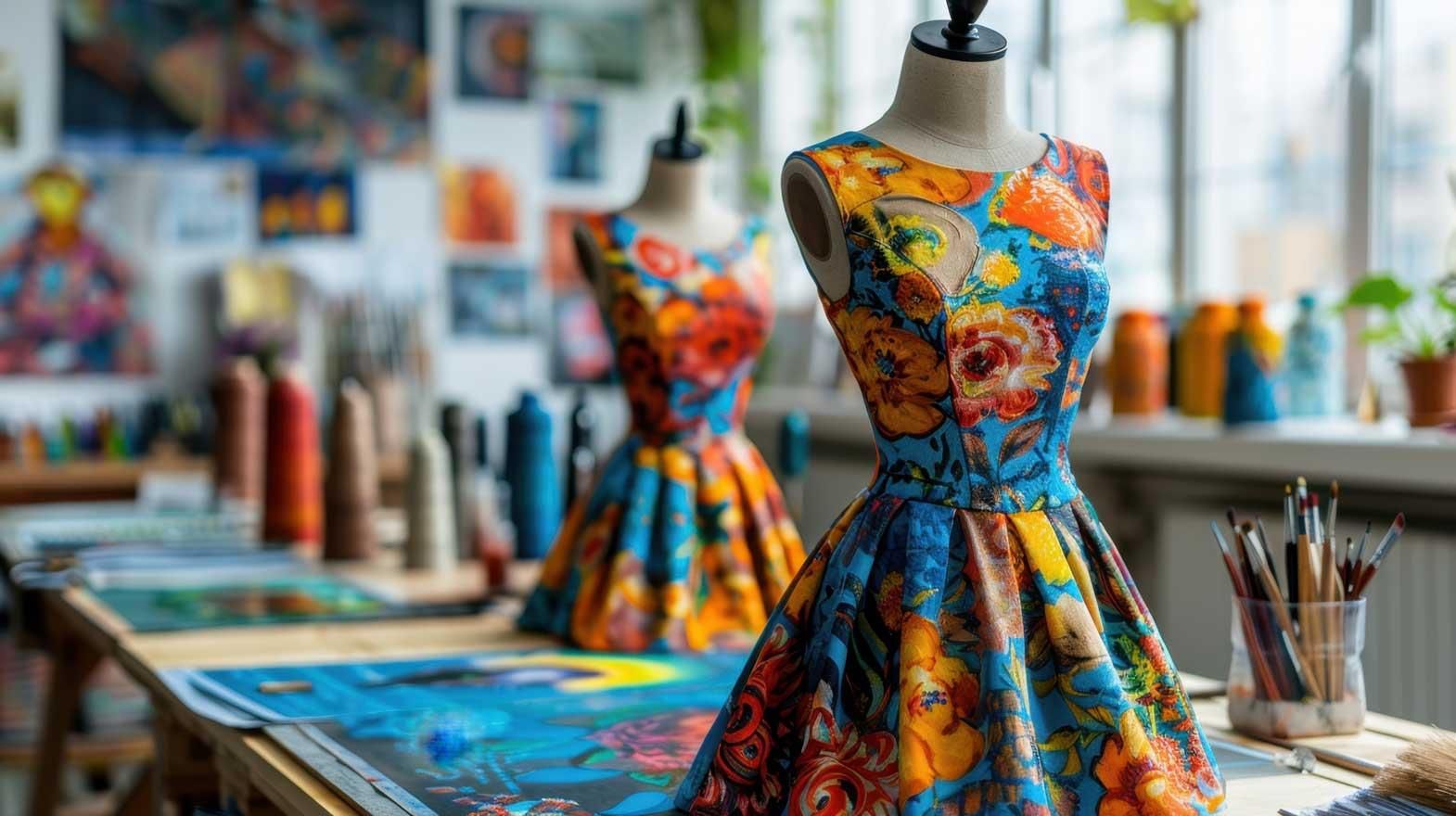Fashion is a very vast industry. Be it any country, city, or state, the consumption of fashion apparel and accessories is very high. And since the demand is high, it is only natural for manufacturers to try and maximize their profits.
When it comes to buying fashionable goods, one usually does not think of the environment and how badly it is being impacted. On one hand, where it is natural for consumers not to think about the environment, it automatically becomes the responsibility of the manufacturer but doesn't entirely exclude consumers from this responsibility. It is always said that resources are limited but demands are unlimited.
The same holds true for the global fashion industry as well. Keeping the environment in mind is what eco-fashion is all about. It also takes into consideration the health of the consumers and the conditions people work in. Being environment-friendly is becoming more of a necessity with each passing day. With global warming on the rise, taking little precautions on a day-to-day basis can account for a major contribution towards safeguarding the environment. Every single step by the fashion industry is a contribution toward the well-being of the environment.
But why is it that the fashion industry plays such a massive role in the well-being of the environment? Clothes and textiles that we wear and use are made and manufactured in diverse conditions. These conditions more often than not are not very environmentally friendly. Pesticides and other chemicals are used to protect crop growth. But these pesticides can prove harmful to animals and other crops growing nearby. They can contaminate the food we eat or the water we drink. More than that, some pesticides and chemicals used can also damage the land permanently. Coloring and bleaching the textiles can also prove harmful to the environment and the people using it and wearing it.
Fashion is widely considered one of the most environmentally damaging industries, but this scenario is changing. Fashion designers and manufacturers are changing their outlook and moving towards eco-fashion. It is believed by many that in only a matter of time, fashion and the environment will go hand in hand, and eco-products will become the new definition of fashion and luxury.
The eco-fashion industry is slowly getting recognition. That makes it the responsibility of designers and manufacturers to start using environmentally friendly materials and promote it to an extent that both the industries become one. Eco fashion clothes and textilesare not only environment friendly but also contribute towards sustainability.They are made using organic raw materials and are grown without usingpesticides or other harmful chemicals. Also, hazardous bleaches and chemicalsare not used for coloring processes.
Even government organizations are doing their part in safeguarding the environment. In January 2012, the United Nations announced a partnership with Nordic Initiative Clean & Ethical (NICE), a project under the Nordic Fashion Association. The collaboration involves the launch of an initiative specific to the fashion industry focused on funding sustainable solutions to social and environmental challenges.
Another method adopted by designers to go eco-friendly is fashion shows. A fashion show is massive platform to promote eco-friendliness. A lot of designers have been coming out with eco-friendly collections and have gained popularity over the years. In fact, every fashion show should have something or the other to do with eco-fashion. USA, Paris, Milan and London being the major fashion hubs, hosts more fashion shows than any other country in the world and eco-friendliness is more and more becoming a part of it every passing season. Even Canada has been hosting fashion shows which promote environment friendliness. Vintage fashion is another way to achieve this goal. It not only promotes eco-friendliness but is also considered very chic.
Eco fashion is also sustainable. Eco clothes are made from raw materials which are grown without pesticides, thus reducing the damage to the environment and people's health. Some are also made from recycled textiles or plastic saving the landfill space and waste material and the amount of raw material used. Similarly, there is less use of bleaches and other chemicals which can prove to be harmful. Also, eco clothes last for a longer duration. But even if they don't, they still prove to be more environment friendly than the regularly manufactured clothes.
There was a time when designers and manufacturers used to focus only on maximizing their profits but not anymore. Many fashion designers are now starting to use eco-friendly raw material to manufacture their designs. They are not only making money but are also making a positive social and environmental impact on the fashion industry.
References:
1. Ecofriendly-fashion.com
2. Globalnews.ca
3. Greenlivingonline.com
4. Thenational.ae
5. Stepin.org








Comments